About the Yu-Gi-Oh!
Yu-Gi-Oh! was born as a manga series written and illustrated by Kazuki Takahashi, originally published by Shueisha in Weekly Shōnen Jump magazine from 1996 to 2004.
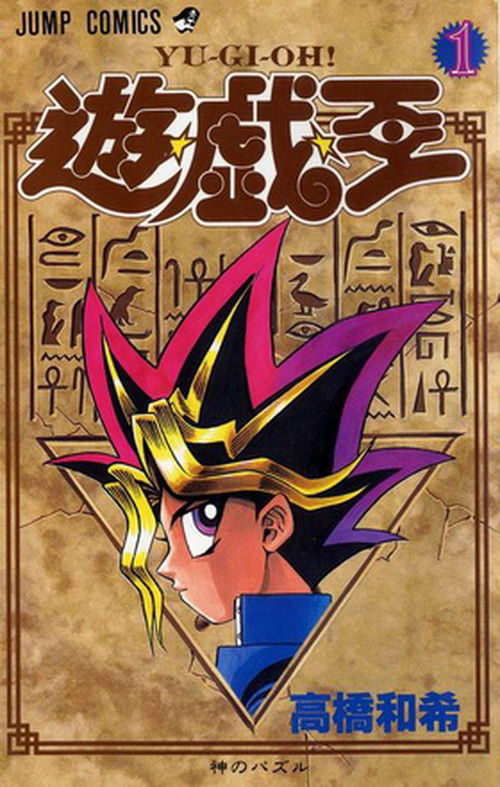
Due to the success of the manga series, an anime adaptation was produced by Toei Animation with the same name and with 27 episodes, airing from April 4, 1998 to October 10 of the same year.
However, what popularized the Yu-Gi-Oh! was a second anime series titled Yu-Gi-Oh! Duel Monsters, this time produced by Nihon Ad Systems and animated by Studio Gallop. The new anime had 224 episodes and aired between April 2000 and September 2004. From it, the Yu-Gi-Oh! grew considerably and spawned several spin-offs, video games and the beloved Trading Card Game.
Yu-Gi-Oh! Trading Card Game
Due to the great success of these works, Kazuki Takahashi decided to create the Yu-Gi-Oh! TCG. And despite being inspired by the fictional “dueling monsters”, the actual card game is quite different from what we've seen in the anime and manga series.
The main reason for these differences is that the real card game took some time to define its rules, which had the objective of organizing and adapting better to the competitive scene that was being formed and promised to grow. In addition, there are also those who believe that the anime needed to keep a little distance from the actual card game rules to have more creative freedom and generate greater public interest in watching the animation.
Despite this, both versions of the game have the same main objective, which is a competition between two duelists who battle against each other using their decks - which can contain a variety of monster, spell and trap cards, to defeat the opponent and be the first to drop the opponent to 0 life.
Impact of anime and manga on the Yu-Gi-Oh! TCG
The Yu-Gi-Oh! TCG was a real watershed for the franchise, even being able to influence the history of the manga, which initially focused on different types of games, and only really gave space to Duel Monsters from chapter 60 onwards. The focus of the story became the card game. A decision taken with the aim of making the franchise more attractive to children and young people and promoting the card game.
After the anime and manga series started to focus on the card game, there was a natural need to create new characters and, consequently, new decks. If at the beginning the main characters like Yugi Muto and Seto Kaiba used decks with different monsters that were not related to each other, new characters started to appear using thematic decks, such as, for example, Weevil Underwood with his deck focused on insects and Rex Raptor with your dinosaur deck. I see this as a way to make it easier for new Duelists to be introduced into the anime and manga series, and moreover, it's a way to make these characters more memorable.
Another point worth highlighting is that these theme decks clearly served to inspire the creation of archetypes that became quite relevant from the Yu-Gi-Oh! GX, and to this day are the main focus of the Yu-Gi-Oh! card game. Thus, in addition to being linked by a theme, the new decks have cards with effects that interconnect with each other, something that increases the synergy and consistency of the decks.
In addition to influencing the creation of archetypes, the Yu-Gi-Oh! anime has a certain influence on the card game in terms of banlist! Some cards coming from the anime to the card game are exaggeratedly strong and end up causing problems to the health of the game. However, they take a long time to be banned due to their commercial attachment.

There are also cases like Firewall Dragon, which had an errata to stay off the banlist.

In addition, there is also the case of Red-Eyes Dark Dragoon, a fusion between Dark Magician and Red-Eyes Black Dragon, boss monsters of the protagonists of the Yu-Gi-Oh! Duel Monsters Yugi Muto and Joey Weeler, respectively.

The card was once more relevant in the Yu-Gi-Oh! TCG and was always the target of ban requests by players, which were never answered. Currently, the card is not in trend among the main decks of the format, but only because the spell that summons it, Red-Eyes Fusion, is very restrictive and can hinder most strategies in trend at the moment.
How to bring new players to the Yu-Gi-Oh! TCG through the anime and manga series?
The similarities between the anime and manga series and the real card game are enough to make people interested in the card game. However, the differences end up pushing some of these people away, either because they are very attached to archetypes that are only strong in fiction or even find the game, with different rules and mechanics to learn, too complex.
Thus, an alternative that I find very interesting is to launch a series focused on presenting how the card game works to the public, addressing issues of deckbuilding, rules, banlist and Metagame.
In addition, presenting more modern archetypes that can compete in tournaments is an excellent move both to suggest decks for new players and to stimulate the sale of new franchise products. Something similar occurs in the manga Yu-Gi-Oh! OCG Structures, which features more frequent archetypes in the current Yu-Gi-Oh!, in addition to also showing the use of hand traps.
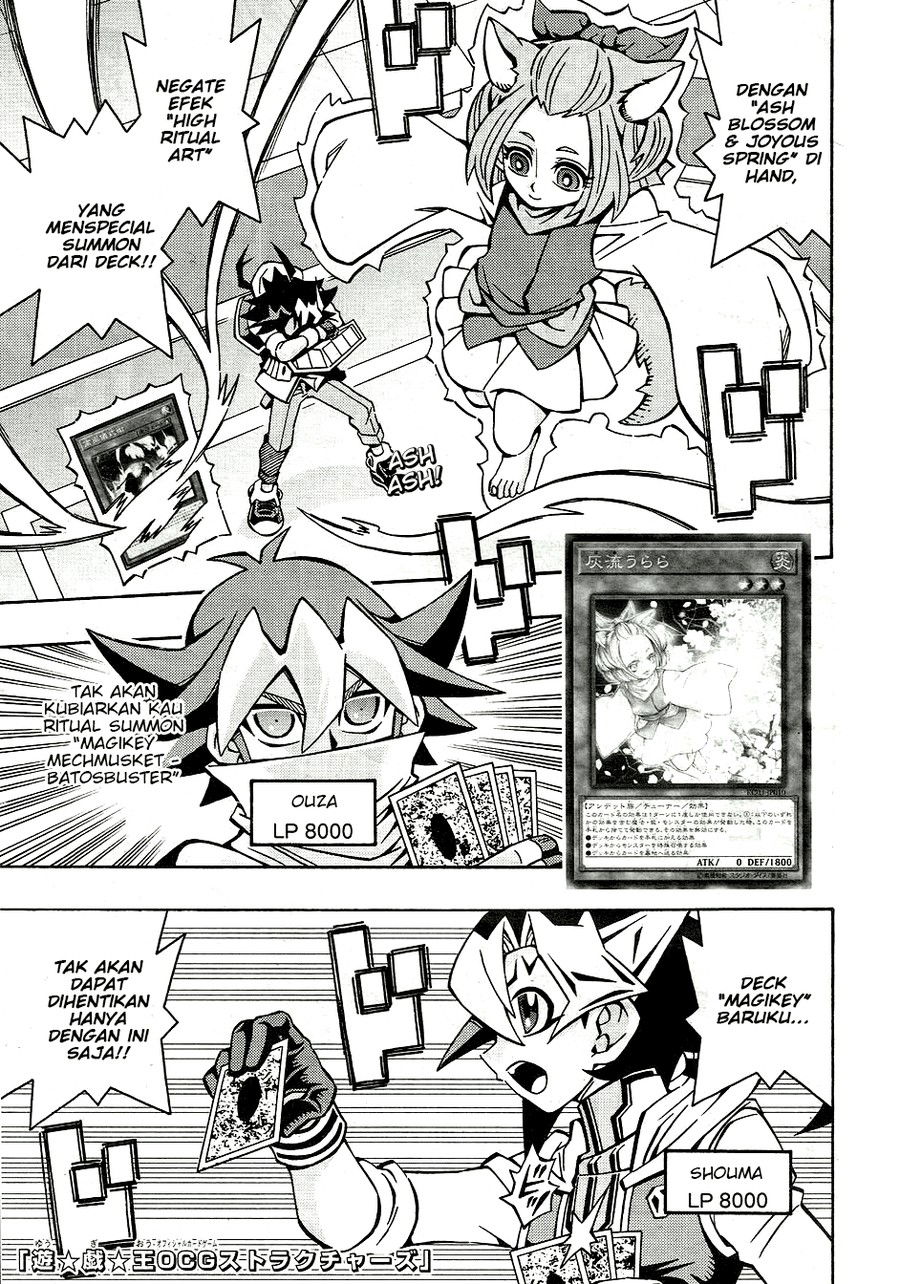
Conclusion
For more information about the Yu-Gi-Oh! TCG keep following our articles, Cards Realm appreciates your collaboration!

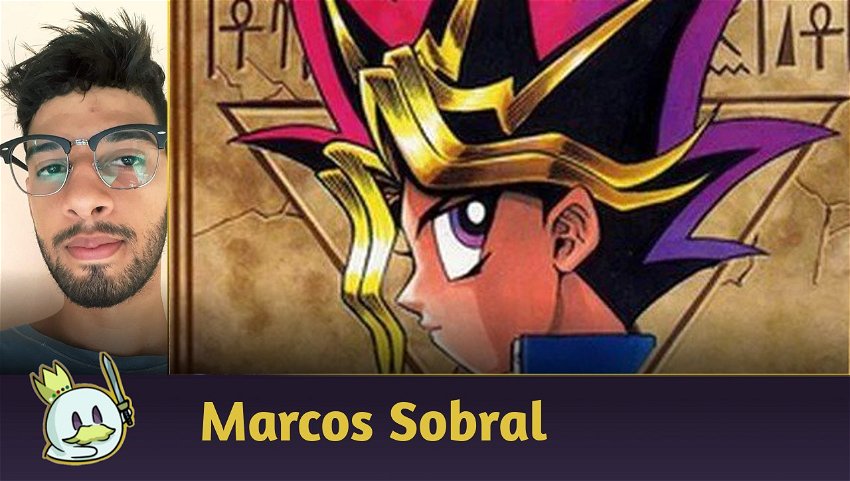







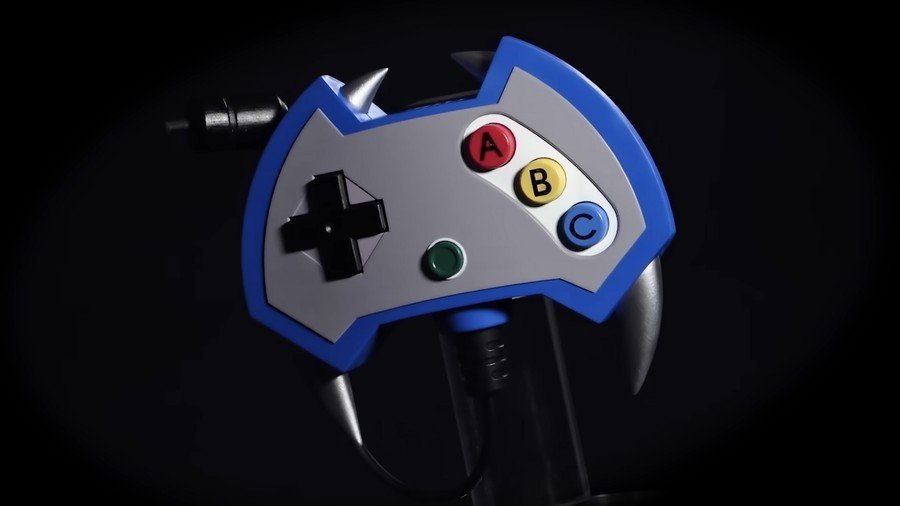
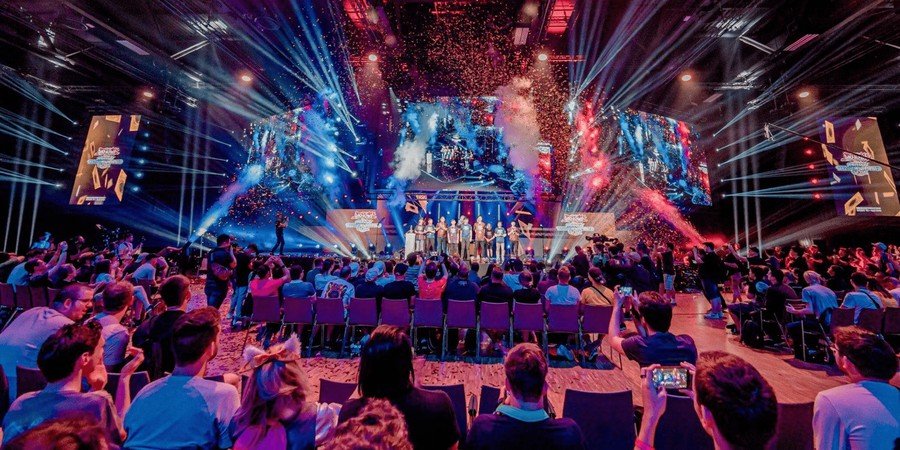



— Comentarios 0
, Reacciones 1
Se el primero en comentar